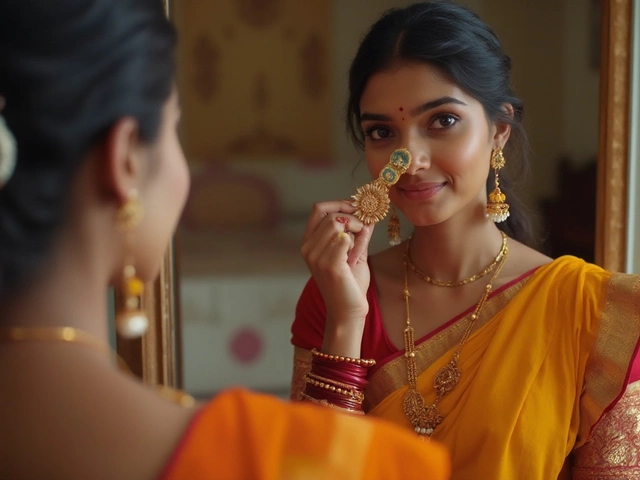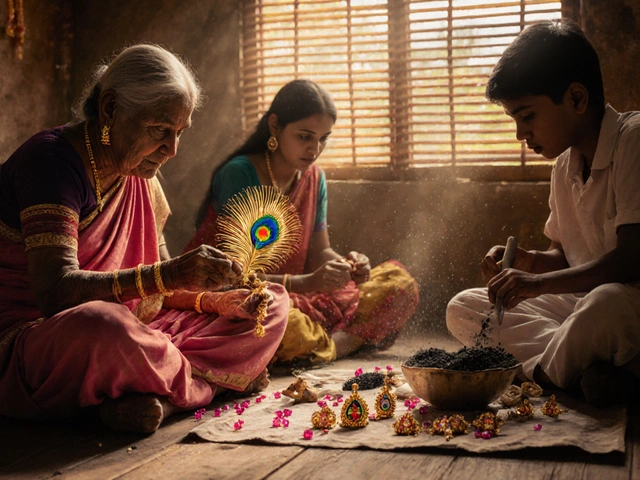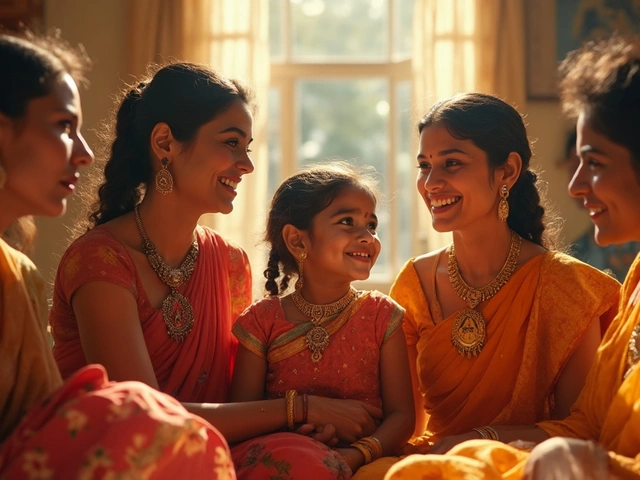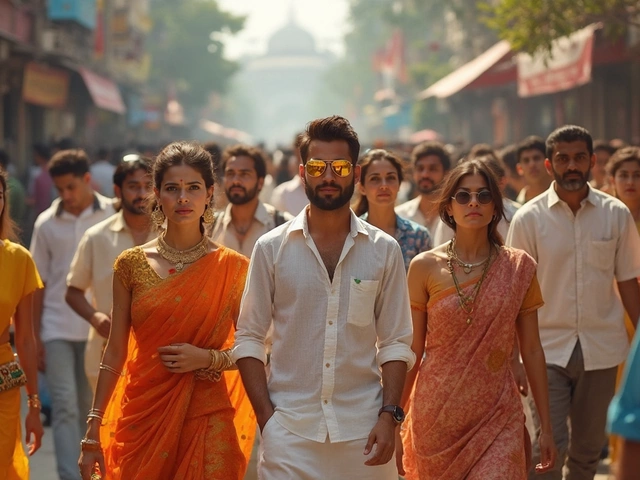Breaking of Mangalsutra: Why It Happens and What It Means Today
Seeing a mangalsutra on a woman's neck usually means she’s married. But what if that chain gets broken? You’re not alone if this question pops up. In many Indian homes, breaking the mangalsutra is a topic that mixes emotion, tradition, and modern choices. Let’s look at the real reasons behind it and what people do after the break.
Why People Break the Mangalsutra
First off, a broken mangalsutra isn’t always a sign of drama. Some couples choose to break it during a divorce or separation as a clear way to end the marital bond. It’s like cutting a ribbon – a visual cue that the relationship is over. Others do it for safety. If the chain gets tangled in a machine or catches on something, the quickest fix is to snap it and replace it later.
There’s also a cultural twist. In a few regions, breaking the mangalsutra is part of a ritual to mark a fresh start after a major life change, like moving to a new city or after a serious illness. People see it as shedding old weight and stepping into a new phase. And sometimes, the break happens by accident – a snag on a saree, a tug during a dance, or a sudden pull. In those cases, the focus shifts to repair rather than symbolism.
What Happens After Breaking It
Once the chain is broken, most women go straight to a jeweler. A skilled goldsmith can re‑solder the mangalsutra, often making it stronger than before. Some take this chance to add a new pendant, upgrade the design, or even switch from gold to a mix of gold and diamonds. The key is that the piece stays personal and still feels like a marriage symbol.
If the breakup was intentional, many choose to keep the original chain as a memory and buy a new one later, or they might decide to stop wearing any mangalsutra at all. Modern attitudes are more accepting of that choice. You’ll hear women saying, “I’m fine without it,” and friends supporting that decision.
From a legal standpoint, breaking the mangalsutra doesn’t affect any paperwork. Marriage records stay the same, and you can still claim the same rights. It’s purely a personal and cultural symbol.
In today’s India, the conversation around mangalsutra is shifting. Younger couples see it as a beautiful piece of jewelry rather than a binding contract. They might wear it on special occasions instead of daily, and breaking it isn’t automatically seen as a shameful act. Social media stories about women confidently moving on after a breakup have helped normalize the idea.
If you’re facing a broken mangalsutra, ask yourself what it means to you. Is it a safety fix, a fresh start, or just an accident? Talk to a trusted jeweler about repair options, or consider a new design that matches your current style. Whatever you choose, remember that the value of the chain lies more in the story you attach to it than the metal itself.
Bottom line: breaking a mangalsutra can be practical, symbolic, or accidental. It doesn’t erase the marriage, but it can mark a new chapter. Whether you repair, replace, or let it go, the decision is yours, and it’s becoming an accepted part of modern Indian life.
Is Breaking of Mangalsutra Really a Bad Omen? Cultural Beliefs and Facts Explained
Is a broken mangalsutra really a bad omen or just a superstition? This article explores its meaning, social impact, and tips if it happens, using real facts from Indian culture.





